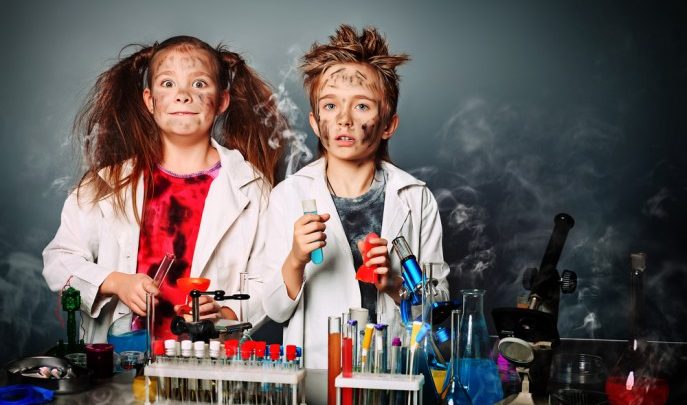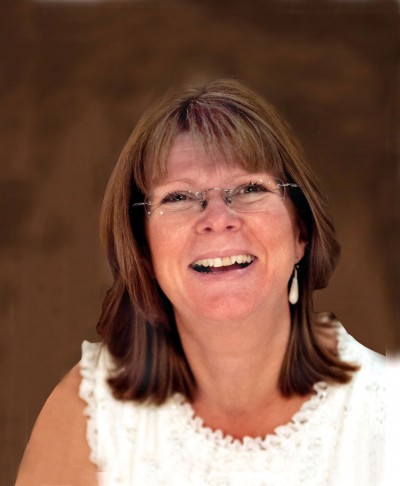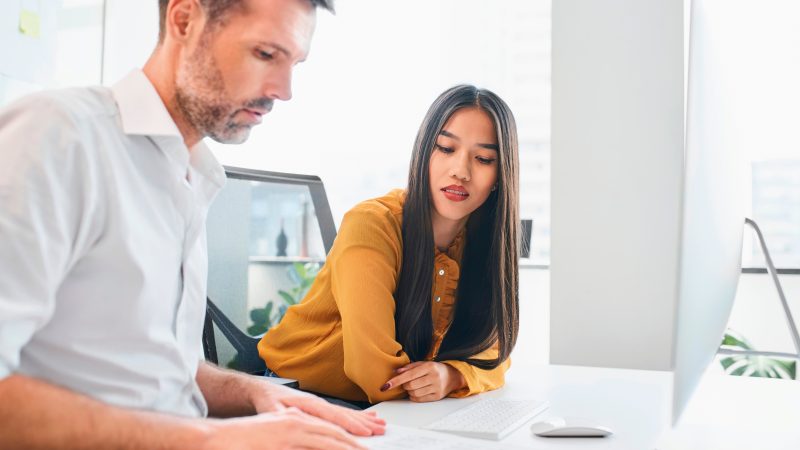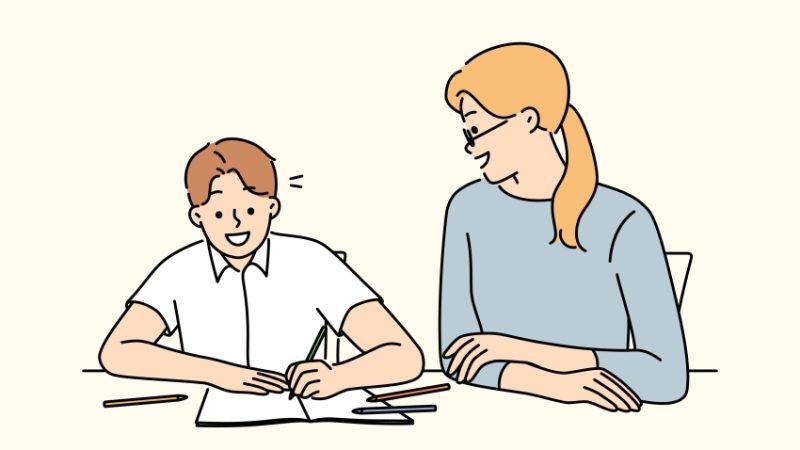Breaking school resources and others ways you can encourage a love of science

Remove the fear of getting it wrong, that's all part of investigation, exploration and discovery

My children are a constant source of inspiration to me, and a recent incident was no exception. I was having a conversation with a group of teachers about the issues that surround giving the class ownership of their experiments – in other words, letting them tackle their own questions and be the first to discover the answers. I then decided ask my daughter how she would feel if this happened in her class.
Her look of horror surprised me. The thought of being the first person to do an experiment, to share her conclusion with the world and risk being wrong, really worried her. She was apprehensive she would first need to have learnt all the skills necessary to come up with the ‘right’ answer.
I couldn’t understand why she was so concerned. What had happened to that love of exploration and discovery, of just ‘having a go’, that she’d had when she was smaller? And if my daughter feels this – who has a scientist for a mother – how do other children feel? If we’re to give children ownership of their experiments, it would appear the first hurdle will be to give them the confidence to make mistakes.
Challenges to try
For me, empathy and classroom ethos are key here. We need to create an environment in which mistakes (in any subject) are taken seriously and explored.
One way to begin this process might be to set small challenges, starting with children working in groups, to which there is no right or wrong answer. These could be theoretical or more practical tasks.
For example, children could be challenged to build a bridge to support a set object or mass using limited materials (eg spanning a 1m gap, supporting a series of 10g masses, and using three sheets of A4 paper, 1m Sellotape, and four straws).
The added benefit is that, as the teacher, you are not expected to know the outcome from the start; the children discover this for themselves. Your role is to instil confidence by promoting thinking and asking pertinent questions, such as:
- Why do you think that…?
- Have you thought about…?
- What would happen if you…?
- I’m not sure I’m clear. Can you explain it to me?
- So does that mean…?
In essence, you are asking the child to adopt the role of the teacher.
Why would this work? Firstly, there is safety in numbers. Secondly, as long as there is a common end goal, you can’t ‘fail’ – it’s just that some bridges will be more successful than others. And by setting up the activity as a competition, it removes the fear of being wrong. After all, we can all build a bridge of some sort!
Not all groups will be equally successful, but there will be shared triumphs and failures, which is fun and removes the anxiety.
Following the challenges, the next step is to ask pupils to articulate their thinking: why did they do what they did? Exploring their reasons isn’t unpicking their mistakes, but rather allowing them to share their ideas so they can build on these next time.
Accidental discoveries
At this point you may be wondering, ‘Where is the science’? The answer is ‘everywhere’ – but accepting this requires a change in thinking. We need to focus on the skills to be used rather than the subject knowledge to be gained. The essence of science is enquiry, so it’s about asking questions and finding out the answers; not being given them.
To paraphrase Carl Sagan, science is not a body of knowledge. It isn’t even about following a formula or carrying out experiments in particular ways, as this can be restrictive. Some of the greatest discoveries have been made by accident – penicillin, for example. Yes, there are skills that need to be developed: presenting data, making predictions, explaining discoveries. But these don’t have to be covered in a single lesson; they are life skills.
Consider going on holiday. We decide where to go, what we need to take, plan the journey beforehand, share what we did (in a variety of ways) and consider what we would do next time. There is a parity with scientific skills here, and children will do this naturally from an early age (just watch them at the water table in nursery and reception). Science is much closer to early years play and everyday life than we might think.
How to give children ownership
So, if we want this to become the everyday norm in lessons, rather than one-off challenges, where do we go from here? Well, it’s all about how the ideas are presented – it’s all in the delivery.
First, you have to ensure – no matter to what degree you’ve planted the seed – that the children really believe the question they are exploring is theirs. Your job is to initiate curiosity, and to provide a stimulus that should lead to the subject area you wish to cover.
The best method I’ve discovered is to use simple, everyday objects the children perhaps haven’t explored for some time, or might have overlooked. For example, you could provide:
- Elastic bands during topics on forces (or elastic bands with rulers during topics on sound)
- A tomato seedling in a topic about plants or healthy living
- A spoonful of sugar when looking at physical (or chemical) changes
Next, since you can’t just present the class with a tomato and expect them to come up with a meaningful question – well, not very often – you have to let the children play and explore. They need to try things out before they tell you what it is they want to discover. Give them, for instance, a wind-up toy and let them touch, feel, play and explore until they are ready to articulate. And since children find posing questions quite hard, provide question stems such as:
- ‘How do you…?’,
- ‘How does…?’
- ‘What happens if…?’,
- ‘If I do this, what will happen to…?’
- ‘I wonder whether…?’
- ‘Can we find a way to…?’
- ‘Why…?’
At this stage the questions don’t have to be in an investigable form. That comes later. The important thing is that children have ownership of their query; it’s up to you to set the skills you want to develop.
For example, let’s say you have provided a wind-up toy. In this case, you might be looking for the children to record data and present it a systematic way. We don’t need a definite answer – there may be many.
At the end of the activity you all share what has been discovered, such as ‘the more winds the further the toy travels’, or that that ‘winding it too far breaks the toy’. (Don’t be precious about breakages. Often that’s how we discover the limits of what can be done, and what makes something work in the first place).
Some children may notice that people wind the toy in different ways, and will start to consider how to control the activity. Or they may take their resource apart to see how it works. If the children in my class did that I’d be delighted. Resources are replaceable (well, most of them!) but finding out how something works is what science should be all about.
In the unknown
All of the following challenges will help remove children’s fear of ‘getting it wrong’
- Making clean water from a muddy puddle (a classic)
- Creating a parachute with limited materials that will safely land eggs
- Picking up ice cubes with only a piece of string and salt
- Trying to get a needle through a blown-up balloon
- Placing 9 pennies in a triangle formation on a sheet of paper, and asking children to turn this upside down within a set number of moves
Tara Lievesley is a science consultant at Making It Practical, a former teacher and the former editor of the ASE primary science journal.












